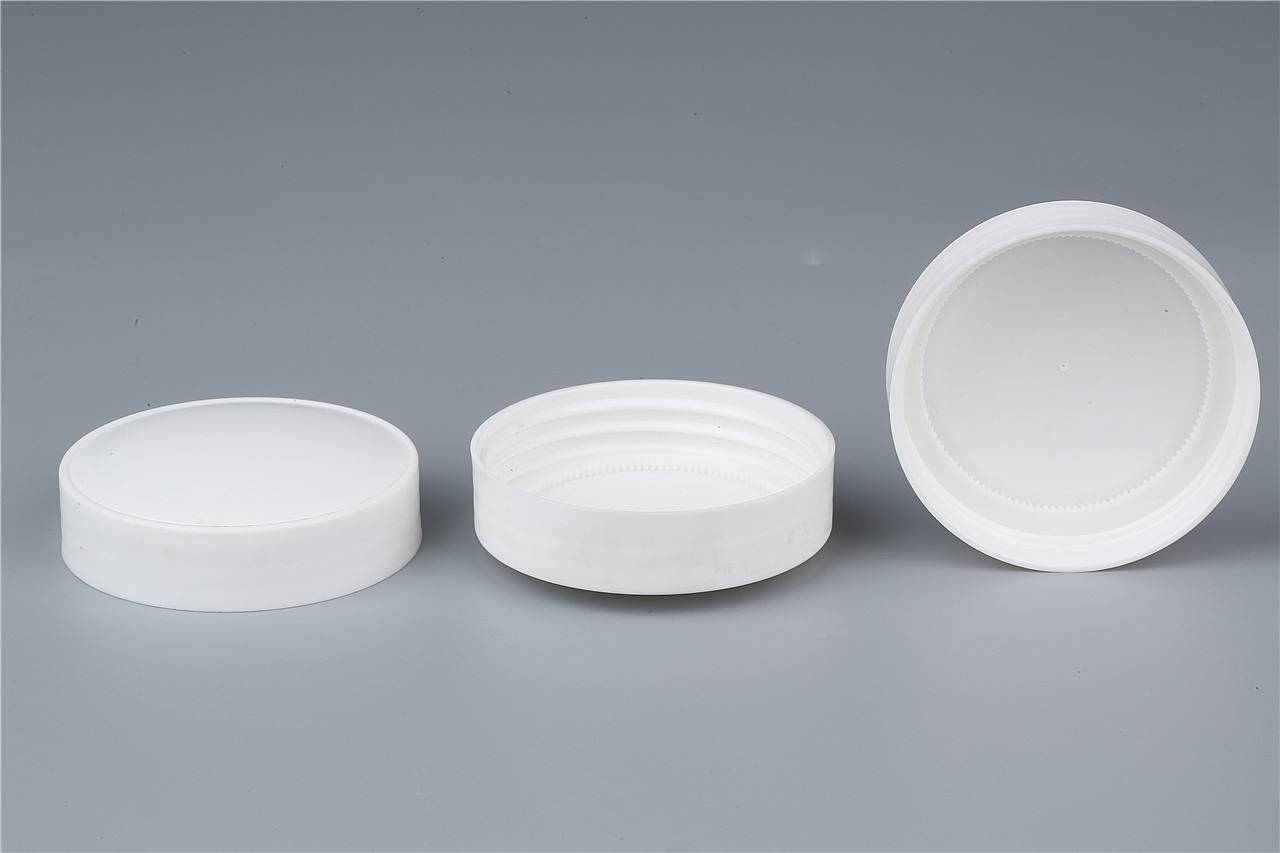Bottled water is becoming more and more popular, but the odor problem of PET bottled drinking water has gradually attracted the attention of consumers. Although it does not affect hygiene and health, it still requires sufficient attention from manufacturing companies, logistics and sales terminal companies.
PET bottled water is composed of water, PET bottle and plastic cap. Water is colorless and odorless, with slightly odorous components dissolved in it, which will produce an unpleasant taste when consumed. So, where does the odor in water come from? After a lot of research and testing, people have come to a general conclusion: In addition to the residual factors of bottle washing and disinfectant, the odor in water mainly comes from packaging materials. The main manifestations are:
1. The smell of packaging materials
Although packaging materials are odorless at room temperature, when the temperature is higher than 38°C for a long time, the small molecular substances in the packaging materials are prone to volatilize and migrate into the water, causing odor. PET materials and HDPE materials composed of polymers are very sensitive to temperature. Generally, the higher the temperature, the greater the smell. Since some medium and low molecular substances remain in the polymer, at high temperatures, it volatilizes more odor than the polymer. Avoid transportation and storage under high temperature conditions to effectively avoid the generation of odor.
2. Degradation of additives in bottle cap raw materials
The main purpose of adding lubricant is to improve the opening performance of the bottle cap and make it easier for consumers to drink; to add a release agent to facilitate the smooth release of the cap from the mold when making the cap; to add color masterbatch to change the color of the cap and diversify the appearance of the product. These additives usually contain unsaturated fatty amides, in which the double bond C=C structure is easily oxidized. If exposed to ultraviolet light, high temperature, and ozone, this double bond can be opened to form a degraded mixture: saturated and unsaturated fatty acids, acetaldehyde, carboxylic acids, and hydroxides, etc., which can easily dissolve into water and produce different tastes. and odor.
3. Odor residue generated during the cap making process
The materials used to make the caps are added with additives such as lubricants. Cap making includes processes such as heating and high-speed mechanical stirring. Odors due to processing remain in the lid and will eventually migrate into the water.
As a well-known bottle cap manufacturer, Mingsanfeng Cap Mold Co., Ltd. provides customers with bottle cap solutions integrating design, research and development, production, sales and service.
Post time: Dec-14-2023
